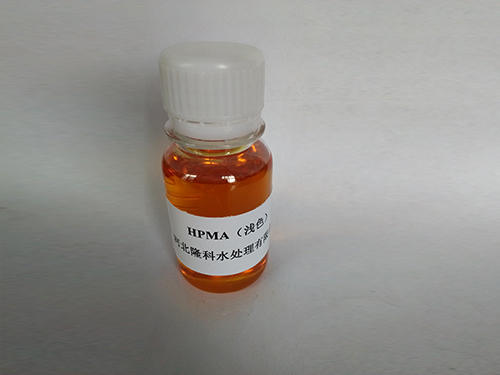polyacrylamide in water
The Role of Polyacrylamide in Water Treatment
Polyacrylamide (PAM) is a synthetic polymer derived from acrylamide monomers that has found extensive applications in various fields, particularly in water treatment. Due to its unique properties and versatility, PAM has become an essential component in improving water quality and efficiency in various processes.
One of the primary uses of polyacrylamide in water treatment is its role as a flocculant
. Flocculation is a process of aggregating fine particles in suspension to form larger clusters, known as flocs, which can then be easily removed from the water. In municipal water treatment facilities, PAM aids in the removal of suspended solids, colloids, and organic matter, significantly enhancing the clarity and quality of drinking water. The addition of PAM to water not only boosts the sedimentation rate but also reduces the chemical consumption required for traditional coagulants, such as aluminum sulfate or ferric chloride.There are several grades of polyacrylamide available, categorized mainly into cationic, anionic, and nonionic types. The choice of PAM type largely depends on the characteristics of the water being treated and the specific contaminants present. For instance, cationic PAM is typically employed for treating wastewater containing negatively charged particles, while anionic PAM is better suited for applications involving positively charged particles. Nonionic PAM serves as a versatile option for various water types and pollutant loads.
polyacrylamide in water

Beyond its application in flocculation, polyacrylamide can also function as a thickening agent in the treatment of industrial effluents. In processes such as sludge management, PAM improves the dewatering efficiency, leading to less waste volume and easier handling of residual materials. Its ability to form hydrogels allows for enhanced water retention in soil, making it valuable in agricultural applications where water conservation is critical.
Moreover, the environmental impact of PAM has been a topic of discussion, particularly concerning its biodegradability and the potential risks associated with acrylamide. Although PAM itself is generally considered safe for use in water treatment, care must be taken to minimize acrylamide exposure during handling and application. To address these concerns, ongoing research aims to develop greener synthesis methods and evaluate the long-term environmental effects of PAM use.
In summary, polyacrylamide plays a crucial role in water treatment processes, enhancing the efficiency and effectiveness of water purification and wastewater management. Its flocculating properties facilitate the removal of contaminants, leading to cleaner water for both consumption and environmental discharge. As technology advances and new formulations are developed, the potential applications of polyacrylamide in water treatment continue to expand, highlighting its importance in maintaining water quality and sustainability in a world where clean water is increasingly precious. Thus, the strategic use of PAM, when coupled with responsible management practices, can significantly contribute to global water treatment efforts and environmental protection.
-
Understanding Polycarboxylic Acids: Properties, Applications, and Future PotentialNewsJul.28,2025
-
Scale Inhibitor Explained: How to Protect Your System from Limescale and Hard Water DamageNewsJul.28,2025
-
Scale and Corrosion Inhibitors: Essential Chemicals for Industrial Water System ProtectionNewsJul.28,2025
-
Polyaspartic Acid: A Biodegradable Polymer for Sustainable ChemistryNewsJul.28,2025
-
Isothiazolinones: A Versatile Antimicrobial Class with Industrial Power and Regulatory ChallengesNewsJul.28,2025
-
A Deep Dive into 2-Phosphonobutane-1,2,4-Tricarboxylic Acid (PBTC)NewsJul.28,2025





